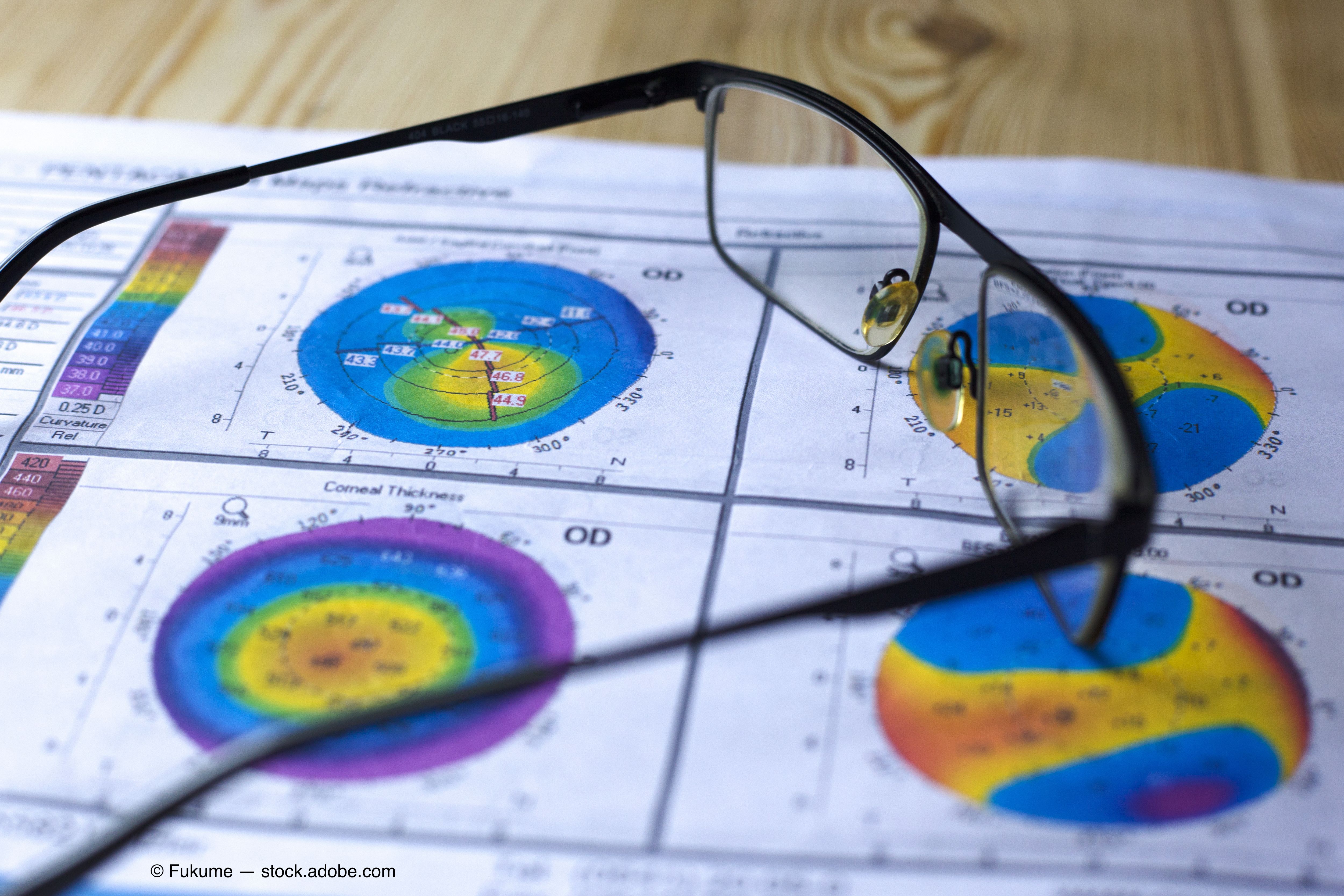Article
EnVision Summit 2023: The what, whys, and hows of corneal neurotization
Author(s):
Corneal neurotization is an efficacious procedure to restore sensation to a neurotrophic cornea, involving the surgical transfer of sensory nerve fibers to the cornea.
Healthy corneal nerves function to ensure the health of the corneal tissue. (Image courtesy stock.adobe.com)

Corneal neurotization is an efficacious procedure to restore sensation to a neurotrophic cornea. The procedure involves surgical transfer of sensory nerve fibers to the cornea, according to Andrea Lora Kossler, MD, FACS., Director, Oculofacial Plastic and Reconstructive Surgery, Co-Director, Multi-Disciplinary Thyroid Eye Disease Clinic, Associate Professor of Ophthalmology, Byers Eye Institute at Stanford University, Stanford School of Medicine, Palo Alto, CA.
Dr. Kossler reported on the topic at the Envision Summit in Puerto Rico.
The principles of corneal neurotization are that healthy corneas require nerve input, neurotization repairs a denervated target using healthy nerve axons, and the peripheral nerves have the ability to regenerate.
Healthy corneal nerves function to ensure the health of the corneal tissue. They evoke blinking and tearing reflexes, release neuropeptides, and are critical to the integrity of the epithelial cells, which release neurotrophic growth factors that are crucial for corneal nerve function. “Without sensory nerve input, neurotrophic keratopathy develops,” she stated.
How neurotization works
“We know that peripheral nerves regenerate when cut or damaged, as do axons by direct and indirect transfer,” she explained.
The selection of donor nerves depends on the nerve size and axon numbers, nerve proximity, donor site morbidity, and finally the surgeon's comfort level.
The common sensory donor nerves include the supraorbital, supratrochlear, infraorbital, and great auricular nerves. She explained that the supraorbital nerve exits at the superior orbital rim lateral to the supratrochlear nerve and has a larger caliber. The deep branch of the supraorbital nerve has a more consistent course. The contralateral or ipsilateral donor sensory nerves can be selected depending on the availability and condition of the sensate nerves.”
Dr. Kossler reported the primary outcomes of corneal neurotization performed in 70 eyes from 2008 to 2020.1
The results showed that patients had significant (p < 0.001 for both comparisons) improvements in visual acuity and in corneal sensation by 37.94 millimeters. The maximal corneal sensation was measured at 9 months (range, 6-18.5 months).
Dr. Kossler concluded, “Corneal neurotization is safe and effective effect for treating neurotrophic keratopathy that can restore corneal sensation, wound healing, and improve vision. The long-term results show anatomic evidence of nerve regeneration and clinical efficacy.”
Andrea Lora Kossler, MD, FACS

Andrea Lora Kossler, MD, FACS
Kossler is the Director of Oculofacial Plastic and Reconstructive Surgery, Co-Director of Multi-Disciplinary Thyroid Eye Disease Clinic, an Associate Professor of Ophthalmology at Byers Eye Institute at Stanford University, Stanford School of Medicine, Palo Alto, CA.
Reference
1. Lenygold IM, Kossler AL, Yen MT. Techniques in corneal neurotization. St. Louis: Quality Medical Publishing, 2020.
Newsletter
Don’t miss out—get Ophthalmology Times updates on the latest clinical advancements and expert interviews, straight to your inbox.

Companies announce presentations at upcoming 2025 ARVO Annual Meeting



